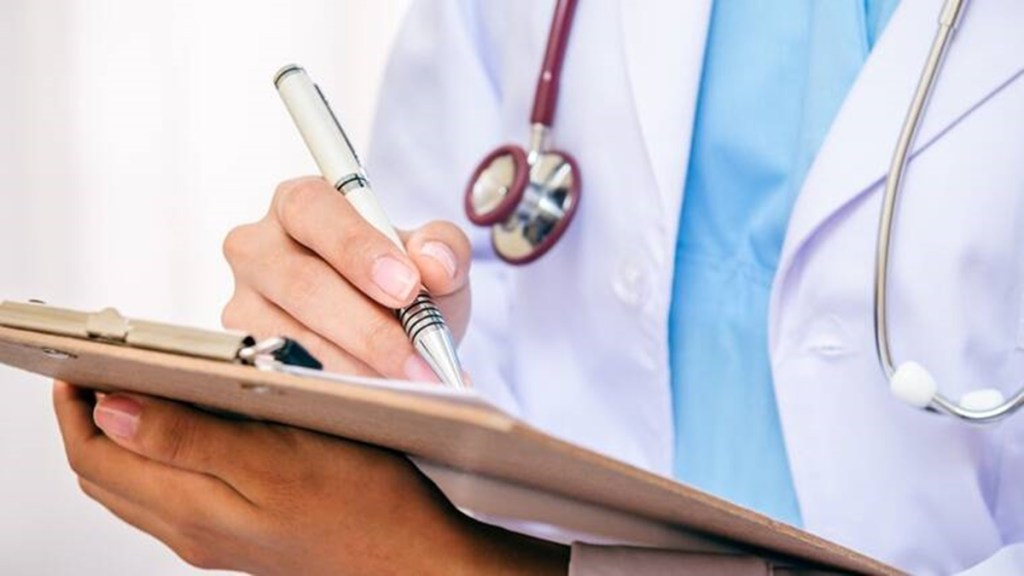The Union Cabinet recently approved the National Medical Devices Policy, with an aim to accelerate the growth of the segment in the country. The sunrise segment’s market size in India is expected to more than quadruple in terms of value in the next five years. Sarthak Ray takes a look at the features of the policy
The background
The medical devices market in India was estimated to be at around $11 billion in 2020, and it is projected to reach $50 billion by 2030. At present, imports constitute up to 80% of the market (as per a 2022 assessment by the US department of trade). The government has been keen on bringing this dependence down, more so with its price regulation policies coming under criticism from international makers.
Also read: Union Cabinet approves Medical Devices Policy; here’s what industry leaders say
The pandemic has added to the imperative of domestic production. The Centre also wants to make regulation and incentives more holistic—there are many interventions by government department as well as regulations both at the central and the state levels which need to be brought in sync for “more focused and efficient support.”
The policy
The policy focuses on making devices universally accessible and more affordable. At present, per capita spending on medical devices in India is less than a fifteenth of the global average, indicating life-saving devices are not accessed by a large chunk of those who need them. It targets a 10-12% share in the global market over the next 25 years, compared with the 1.5% share at present.
The policy delineates six broad areas of intervention: Regulatory streamlining through single-window clearance; enabling infrastructure, such as large medical devices parks, clusters, and connectivity (all to be pursued together with states and industries); facilitating R&D in conjunction with the National Policy on R&D and Innovation in the pharma-medtech Sector; attracting investment; human resource development; and brand positioning and awareness creation.
Existing interventions
The focus has been indigenisation, to bring down import dependence to 30% or lower. Today, India imports the bulk of its medical devices from China, the US, Germany, Singapore, and the Netherlands, as per an analysis by AiMeD, with imports from China having grown quite fast. To indigenise production, the government came up with a production linked incentive (PLI) scheme for medical devices.
Under the scheme, a total of 26 projects have been approved so far, with investment of `1,206 crore. Of this, 14 projects, producing 37 products, including linear accelerator, MRI scan, MRI coils, high-end X-ray tubes, etc, have been commissioned. The remaining 12 will be commissioned soon, says the government. Four medical device parks, in Himachal Pradesh, Madhya Pradesh, Tamil Nadu and Uttar Pradesh, have been set up for the purpose.
Current regulatory landscape
Medical devices are currently regulated under the the Drugs and Cosmetics Act of 1940. A 2020 amendment of the Medical Devices Rules 2017 brought them under the same regulation as drugs under the DCA. For long, there has been a demand for a separate framework for regulation of medical devices, more so since the regulatory treatment at par with drugs means the government can cap prices as per its own logic. Additionally, the Niti Aayog had noted that the Central Drugs Standard Control Organisation (CDSCO) lacks the expertise to “check the safety and efficacy of medical devices.”
Also read: Virtual healthcare delivery will go beyond telemedicine
The government unveiled a draft legislation last year, titled the Drugs, Medical Devices, and Cosmetics Bill 2022 to offer a comprehensive regulatory framework for medical devices that would uphold both consumer and industry interests. However, the creation of the Medical Devices Technical Advisory Board to assist the regulator, some experts argue, is not enough to serve the dynamic needs of regulating medical devices in the country. They have called for a separate regulator altogether. Experts say the medical devices policy should shed light on how the regulation of the space is to be dealt with in a more effective manner than the current regime and that proposed by the new Bill.








